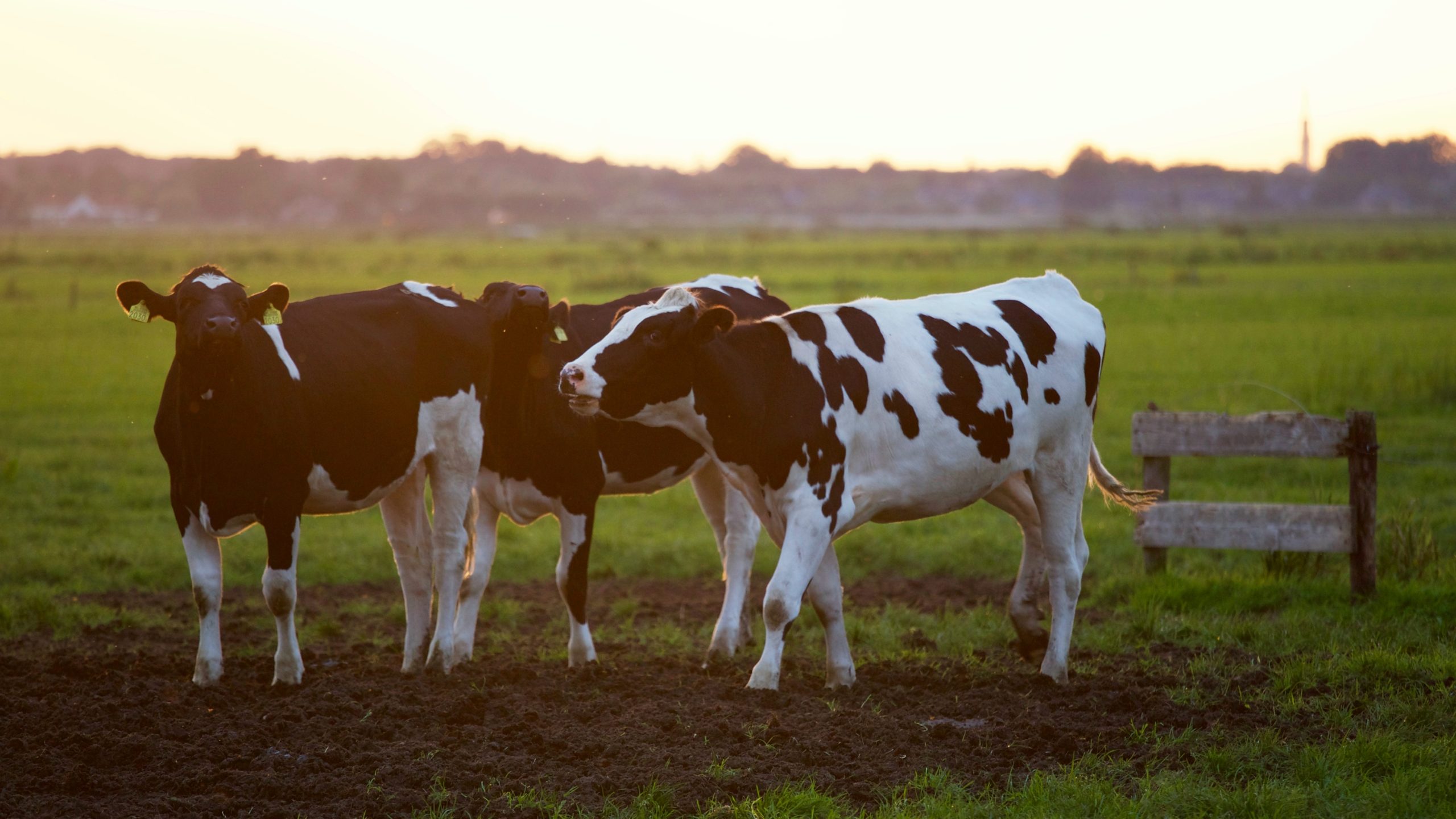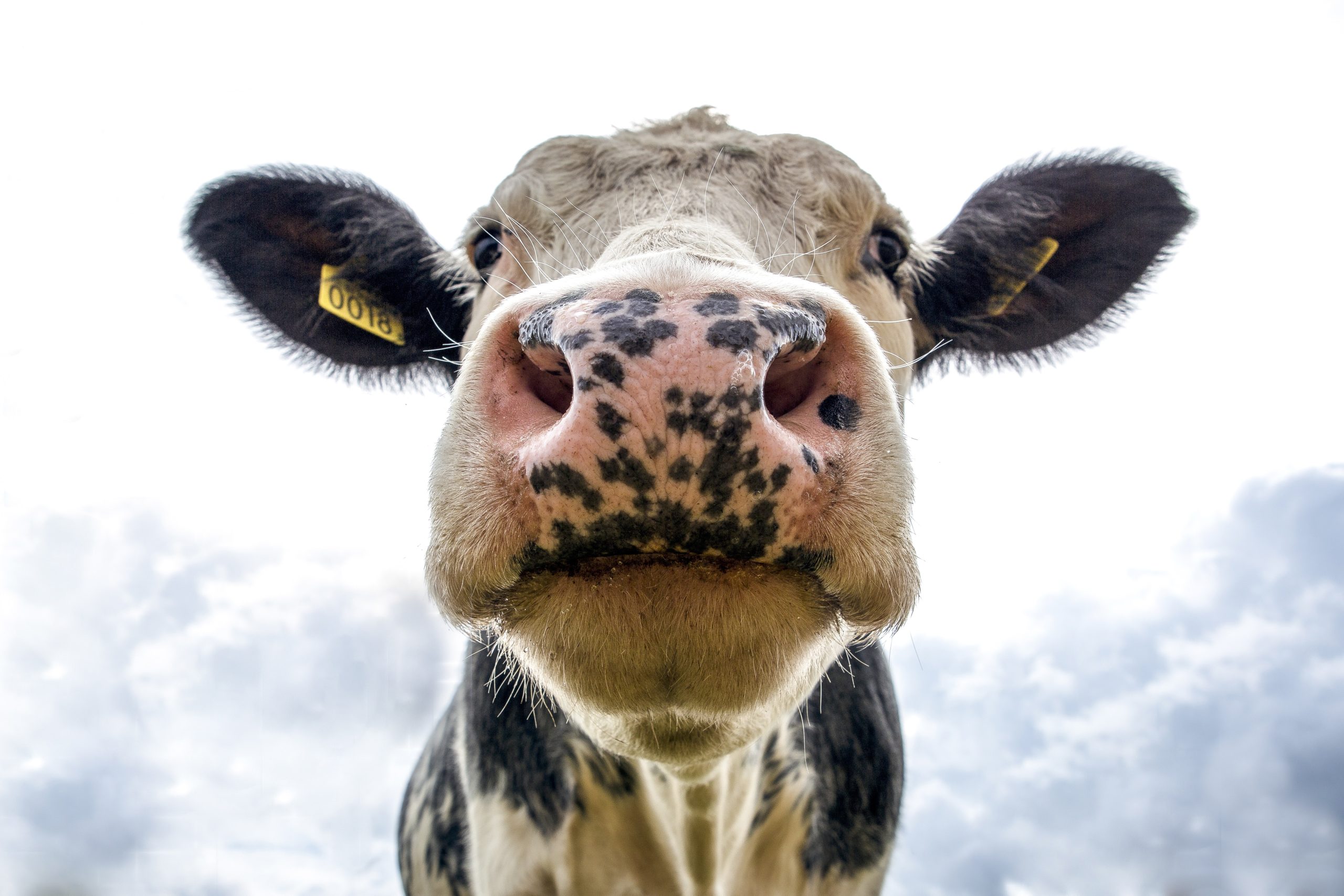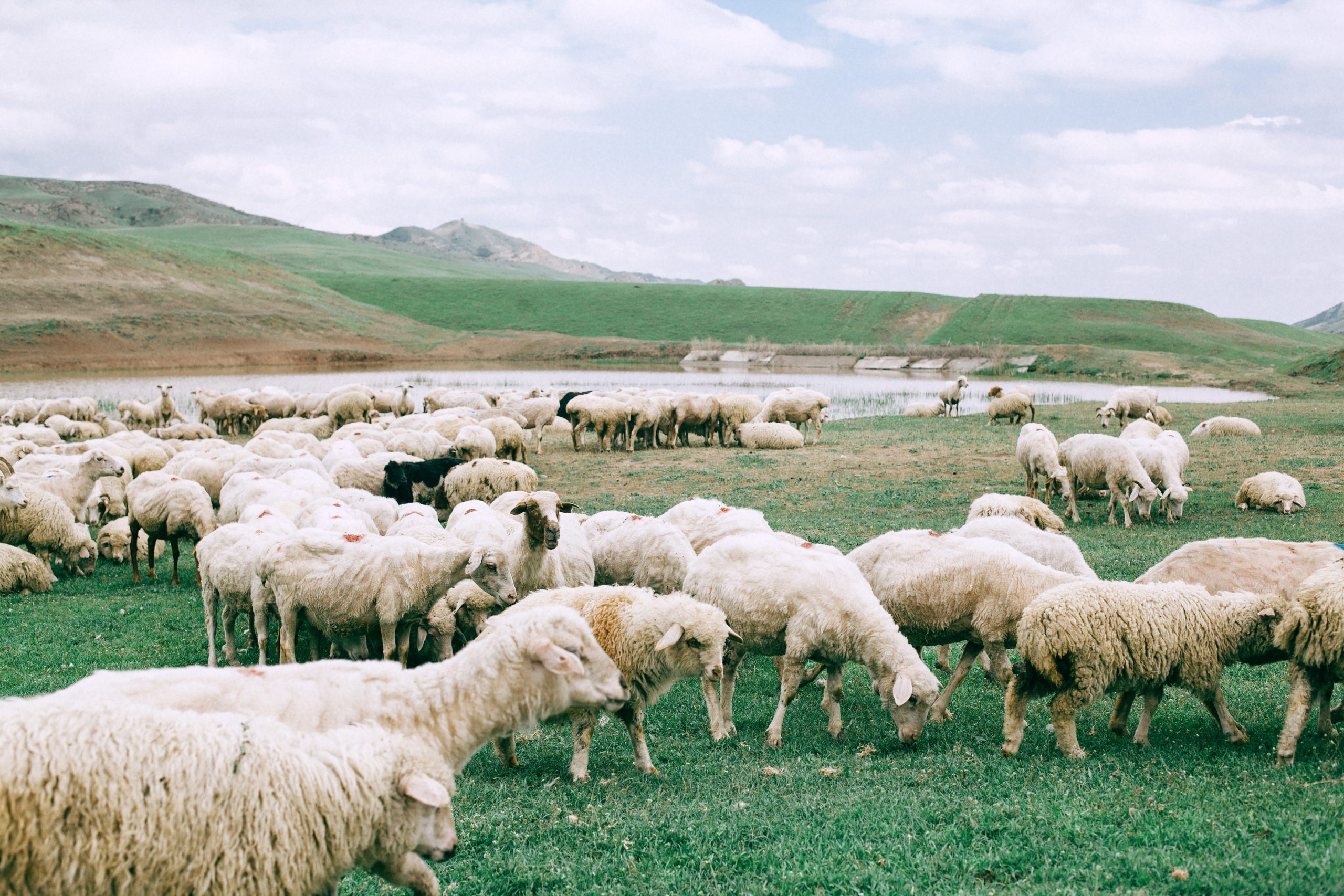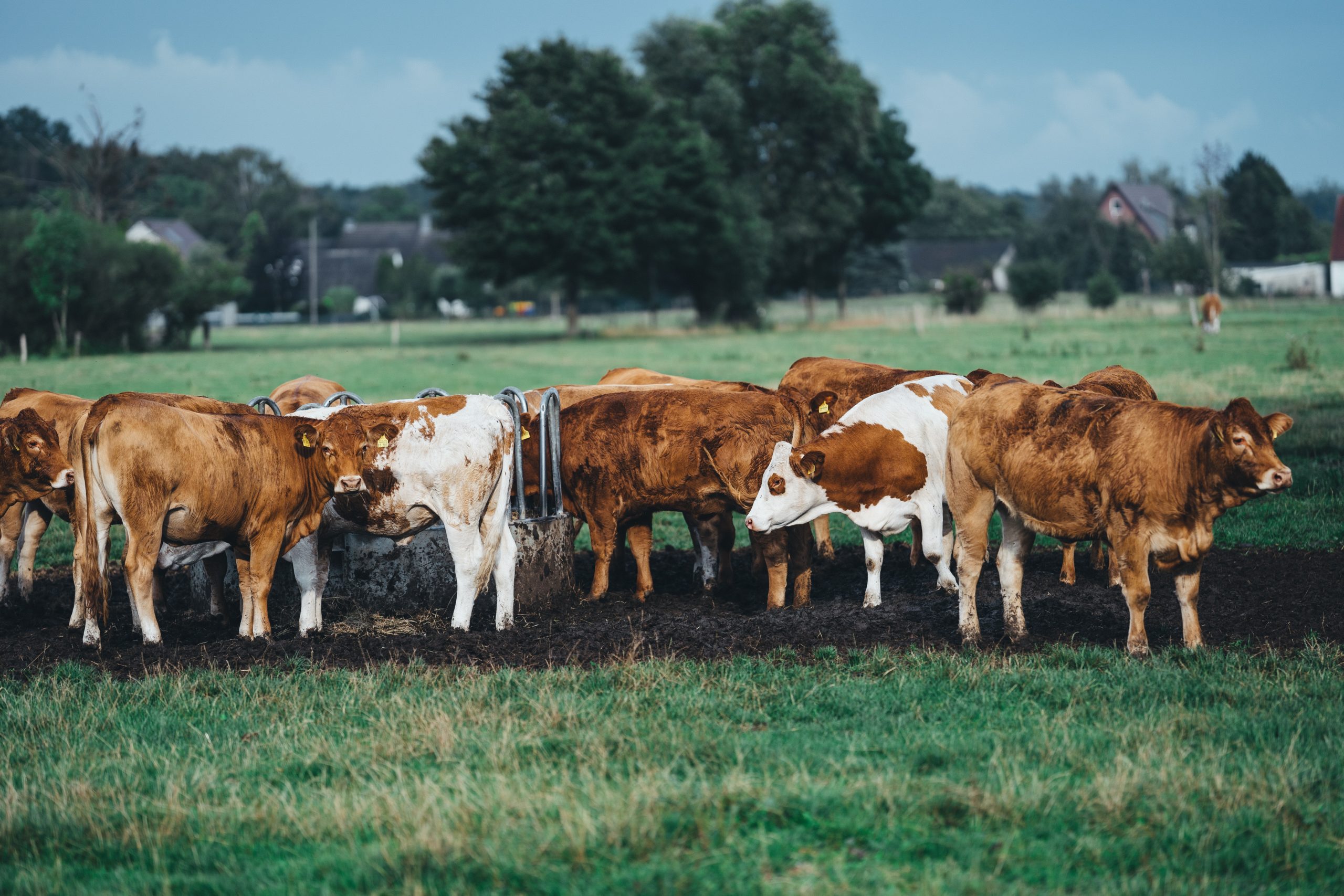Orphan lambs may arise after the death of the ewe or due to abandonment or rejection, especially by first time or maiden ewes and those with multiple lambs. A weak twin or triplet may need to be removed from its mother and raised by hand to ensure its survival.
A strong, healthy triplet lamb or one that has lost its mother may be grafted onto another ewe that has recently given birth, but this may not be practical in a large flock.
Raising orphan lambs by hand is often the best option. Though survival will depend on many factors, having the right equipment and environment are essential for success.
How do I house a newborn lamb?
A newborn lamb needs a warm, dry and sheltered area out of the wind and hot sun. Provide bedding in the form of straw or shredded newspaper that can be easily replaced when soiled. In cold environments, provide the lamb with a heat source such as a heating lamp until it is able to maintain its own body temperature.
What is colostrum?
Colostrum is the initial milk supplied by the mother and contains many protective antibodies as well as energy. Lambs that have received colostrum from their mothers are at an advantage. If you can obtain cow colostrum, this will suffice. However, do not continue to use cow’s milk as a replacer as it is not suitable for lambs. If you have access to colostrum, give this for the first three feedings over the first 12 to 18 hours.
Powdered cow colostrum (e.g. Wombaroo Impact) is available through your veterinarian. Do not use recipes for colostrum as they tend to contain ingredients that are difficult to digest for the newborn lamb.
How do I feed a newborn lamb?
Newborn lambs require small and frequent meals, ideally six meals per day for the first 3 days. Most brands of milk replacer will have instructions for how to make up the mixture and how much to feed for the age of the lamb. Ensure the milk replacer is suitable for lambs as those made for calves are not suitable for lambs. It should contain about 30% fat, 23% protein and 23% lactose.
Generally, the dilution is 250g to 1 litre of water and lambs will consume 1 to 2 litres daily. You can hand feed lambs or train them to use self-feeders, which are much less labour-intensive. Lambs that use self-feeders can feed as often as they like and tend not to overfeed. Also, using a self-feeder avoids problems associated with varying the amount of milk replacer fed and the timing of the feeds. If hand-feeding, use a lamb teat and a glass bottle that can be easily cleaned. Wash feeding equipment in hot soapy water after every use. Good hygiene is important to help prevent disease.
After three days, reduce to two to four feeds per day and at five weeks of age, you can reduce to two feeds per day. Increase the amount fed per meal according to the lamb’s appetite and manufacturer’s instructions. Try not to overfeed so that the lamb is overfull and appears bloated. If you have a self-feeder, you will need to start by bottle-feeding using cold milk, then encourage the lamb to use the feeder at about 6-hour intervals.
You can start offering solid food from a few days of age. Obtain a high-quality starter lamb feed and only supply as much as will be consumed over the next 24 hours or so, to prevent the feed becoming contaminated with faeces.
You can wean the lamb off milk replacer at about four weeks of age, providing the lamb is eating some solid food, and is doing well.
What other health concerns are there?
It is recommended to vaccinate lambs at around 4-8 weeks of age against clostridial diseases (e.g. enterotoxaemia) especially if they did not receive colostrum. Follow this with a booster 3 weeks later.
Scours are often caused by unhygienic feeding and living conditions, high or low environmental temperatures, or inappropriate feed. Scouring causes dehydration which can be addressed with an electrolyte solution, e.g. Vytrate or Lectade. Administer the electrolytes at least an hour before feeding milk and by the same route (many electrolytes interfere with the absorption of milk). Scour medications are also available from your vet. Keep the lamb warm and clean.
If the scours are severe, your lamb stops feeding or seems weak then you need to see your vet who can inject some fluids into the lamb for rapid rehydration.
Sheep are flock animals and need at least one companion and unless they have constant contact with humans do not always make good pets once fully grown. They also need prevention and treatment for a variety of internal and external parasites, and need to be shorn at least once a year.




